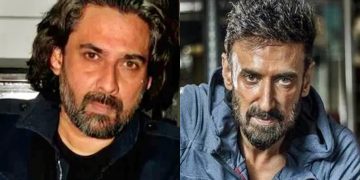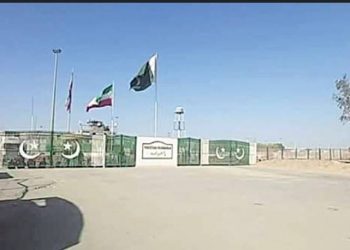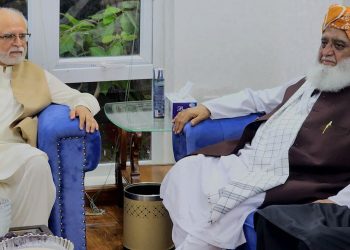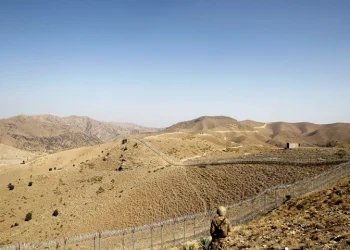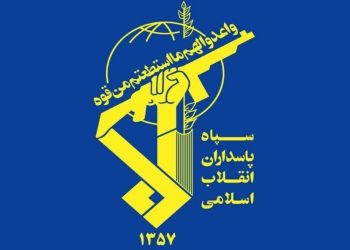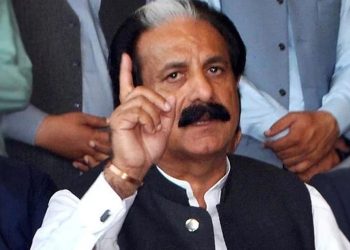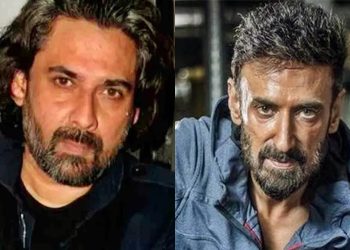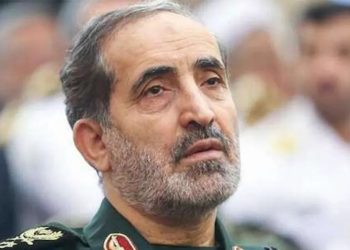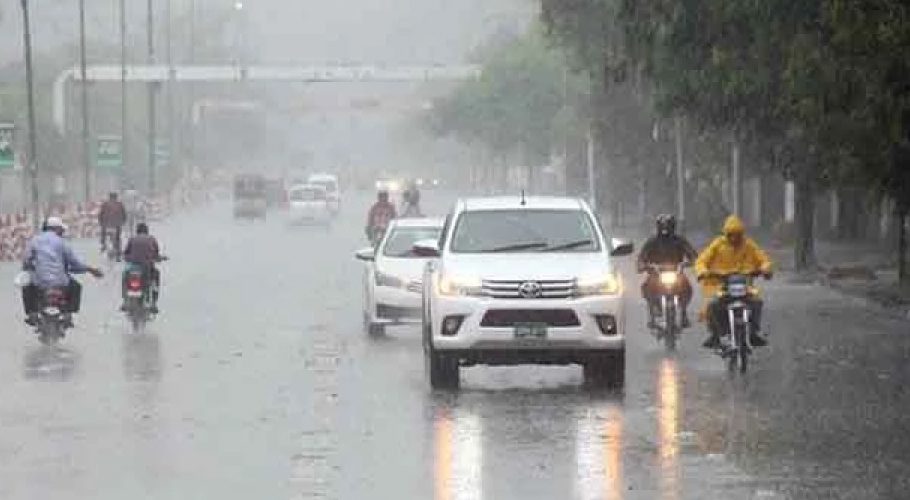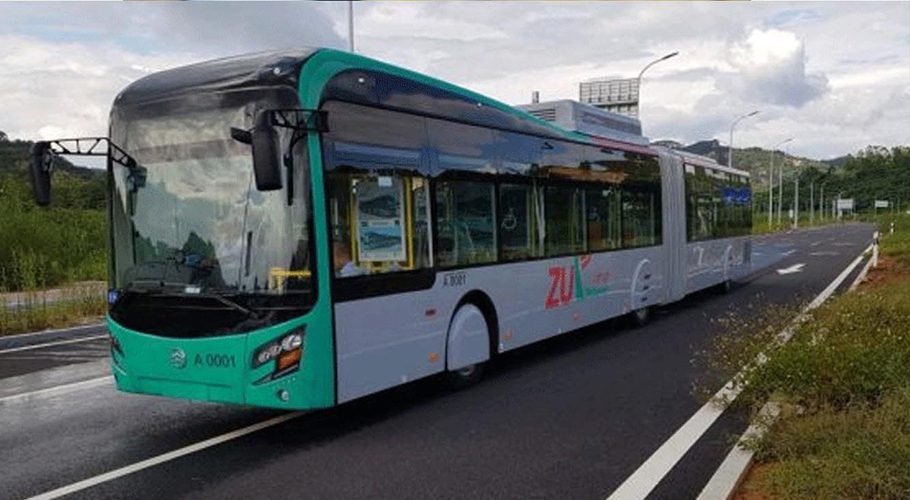Communal violence erupted in the Muslim-majority Nuh district of the Indian state of Haryana during the week and rapidly spread to other nearby areas.
The incident started during a procession by the Hindutva right-wing group Vishva Hindu Parishad (VHP) and the Bajrang Dal was passing through the area. This led to violent clashes between Hindu and Muslim communities in Nuh (formerly known as Mewat).
At least four people, including two police personnel, were killed in the clashes in Nuh district. The death toll later increased to seven after violence spread to Gurugram and Sohna districts in the state.
“The procession was meant to move from one temple to another but clashes broke out between two groups on the way, which resulted in the death of four people,” said Krishan Kumar, spokesperson of Nuh police. Another 10 police personnel were injured in the clashes, he added.
Several cars were torched and stones were thrown at the police, and the state government sought additional forces to bring the situation under control. Police used tear gas and fired shots in the air to disperse the crowd. Authorities have suspended internet services in the area and banned large gatherings.
Violence in Haryana
The unrest started on July 31 and spread to neighbouring Gurugram on Monday night and continued through Tuesday, with a mosque being set on fire and its cleric killed. Several shops and eateries were vandalized or torched.
Manohar Lal Khattar, the chief minister of Haryana state, said the conspirators behind the clashes in Nuh are being continuously identified. He said a total of 116 people have been arrested so far.
In Gurugram, a prayer leader imam was killed after a mob of far-right Hindus torched and opened fire at a mosque. He was identified as 19-year-old Maulana Saad, prayer leader of the Anjuman Jama mosque in Gurugram. Three other people were present, of whom one was injured and two remained unharmed.
Hindu far-right groups aligned with the ruling Bharatiya Janata Party (BJP) have been campaigning against Friday prayers in Gurugram. The Anjuman mosque was one of the few places officially recognised to hold prayers.
Security forces across the region, including in New Delhi, remained on alert on Wednesday as Hindu nationalist groups staged demonstrations at various locations. One such demonstration at the border between Gurugram and the neighbouring district of Faridabad involved over 100 protesters who shouted slogans and blocked roads.
What triggered the violence?
The immediate trigger for the violence is said to have been a video featuring the infamous cow vigilante Monu Manesar had appealed to his followers to join the Hindutva rally in Nuh district of Haryana.
Manesar is notorious for his videos of anti-Muslim violence and is wanted for murder and claimed that he’d be personally present at the rally.
As soon as Manesar’s video went viral, some Muslim youngsters responded by posting their own videos, warning the administration not to allow him and demanding his arrest.
A group of youngsters gave a call for protest against Manesar. Civil society members also alerted the government to take notice but the Haryana administration did not respond.
After the riots, Haryana’s deputy chief minister Dushyant Chautala alleged that the procession’s participants did not fully inform the authorities. Haryana home minister Anij Vij alleged that the violence was premeditated.
BJP leader and member of parliament from Gurugram, Rao Inderjit Singh, noted that the participants in the procession acted provocatively by carrying swords and sticks. “Who gave weapons to them for the procession? … This is wrong. A provocation took place from this side too. I am not saying there was no provocation from the other side,” Singh said.
Anti-Muslim hate
Indian Muslims have been questioning their existence under the rule of the Narendra Modi-led BJP. There is also an expected increase in violence ahead of 2024 general elections.
In 2020, more than 50 people were killed in religious clashes in northeastern Delhi, the worst sectarian violence in the capital in decades. The trigger for the riots was a citizenship law that marginalises Muslims.
In February this year, the charred skeletons of two Muslim men were discovered near Loharu police station in Haryana’s Bhiwani district. The duo was identified as Nasir and Junaid, and Manesar’s gang was accused of the killings.
Just a few days before the duo’s murder, Manesar was linked to yet another mysterious death – that of mechanic Waris Khan, whose family accused Manesar of plotting the murder.
In April 2022, at least four videos of mobs attacking and torturing Muslim men in Haryana went viral. They were shared on social media by Manesar. In 2021, gym trainer Asif Khan was killed after he threatened to smash Mahesar for raids in the district.
While communal tensions in the areas have been on the rise for the past two years, the protests against cow vigilantism have only escalated after the Nasir and Junaid murder case, especially in Nuh district.
Muslims in the area, including families of the victims of mob lynchings by cow vigilantes, have been demanding the administration stop violent raids

